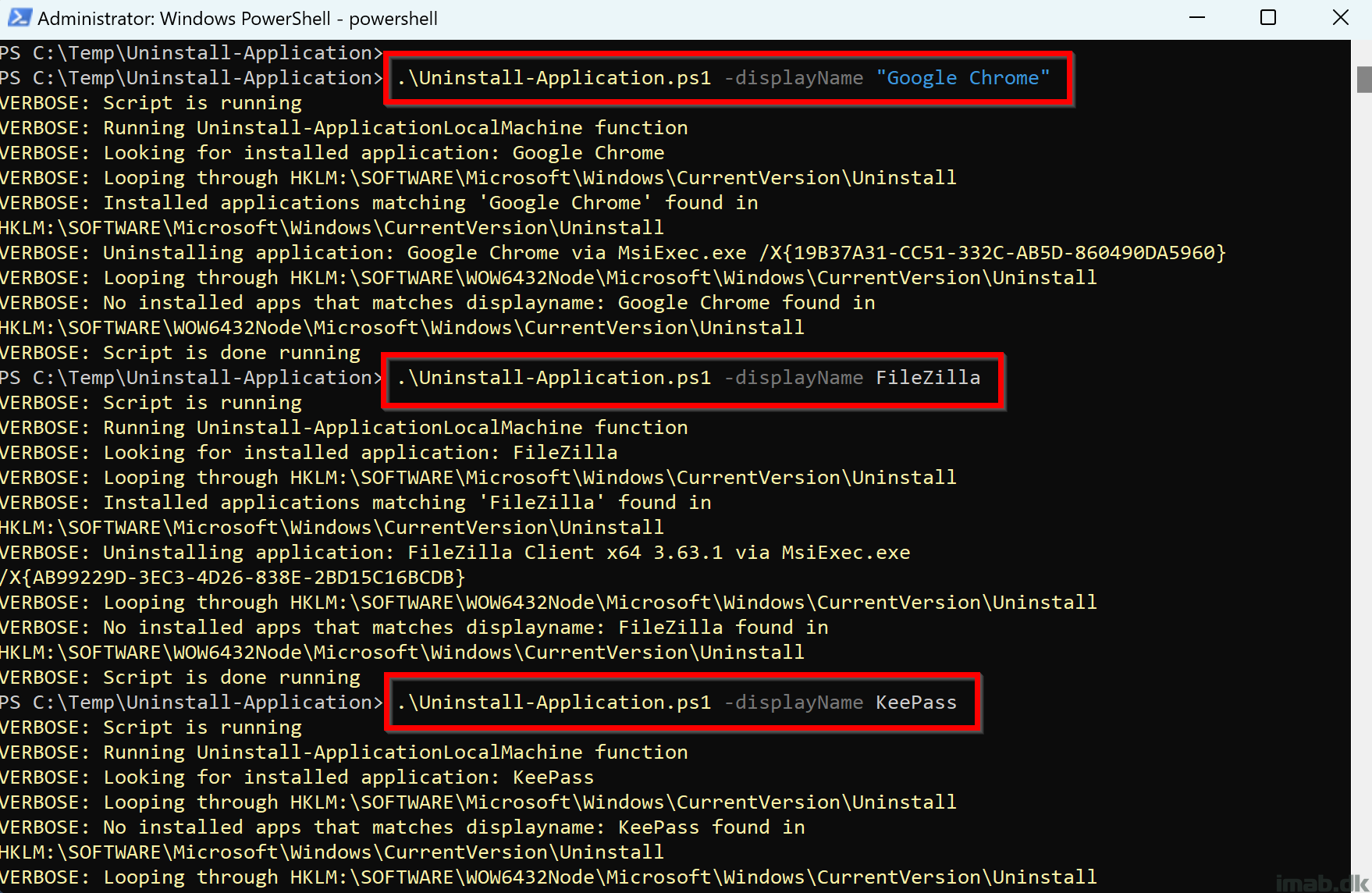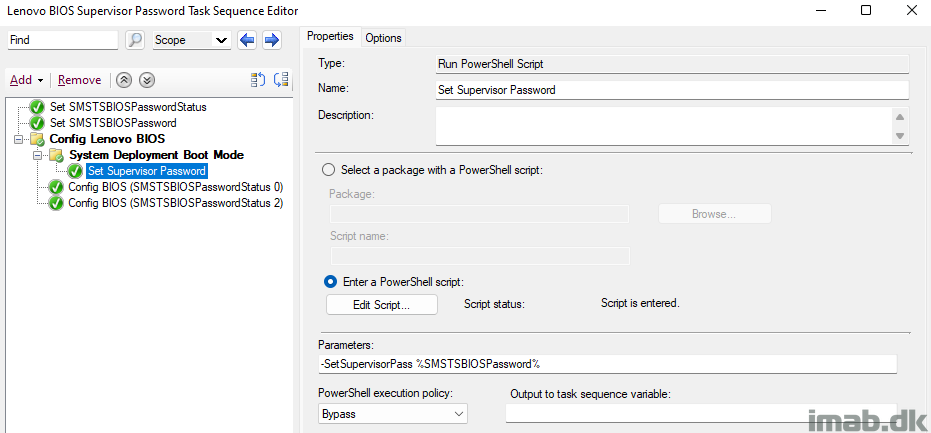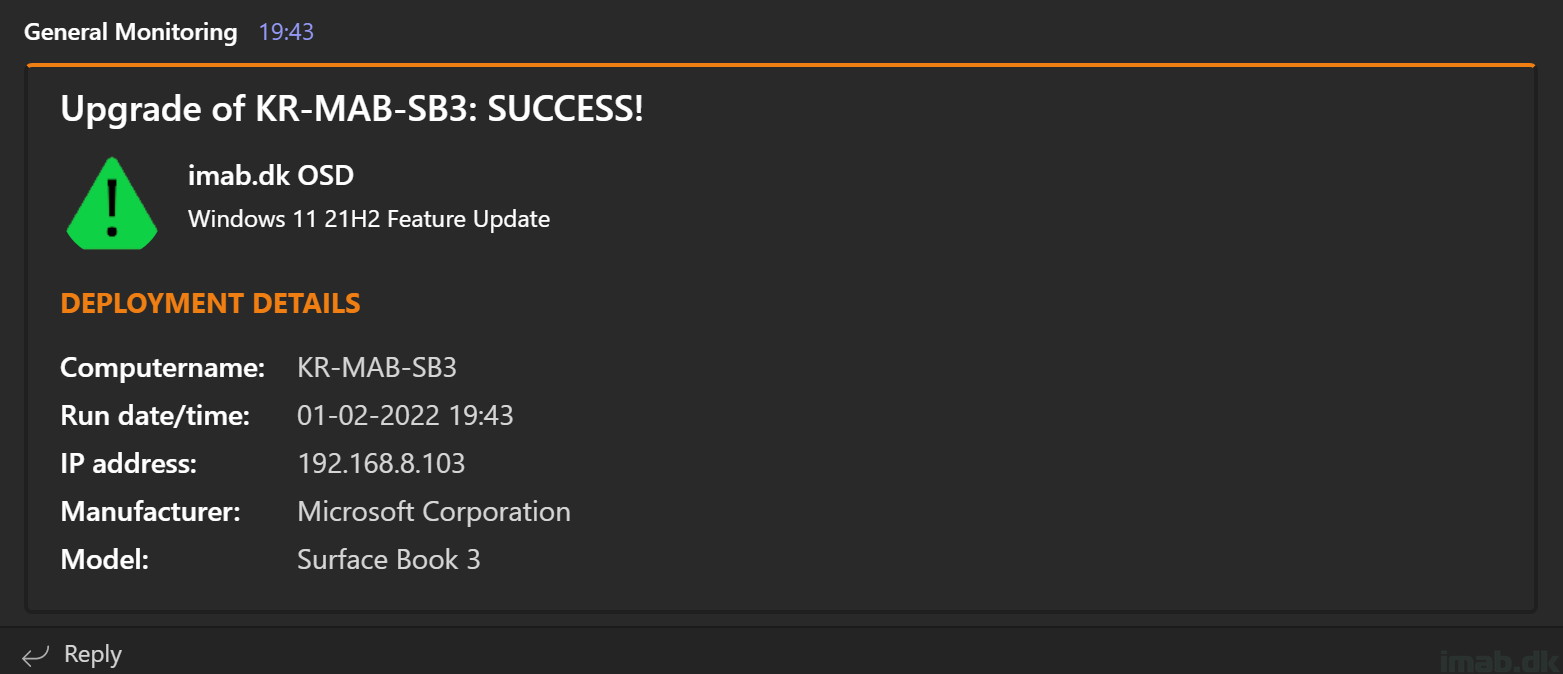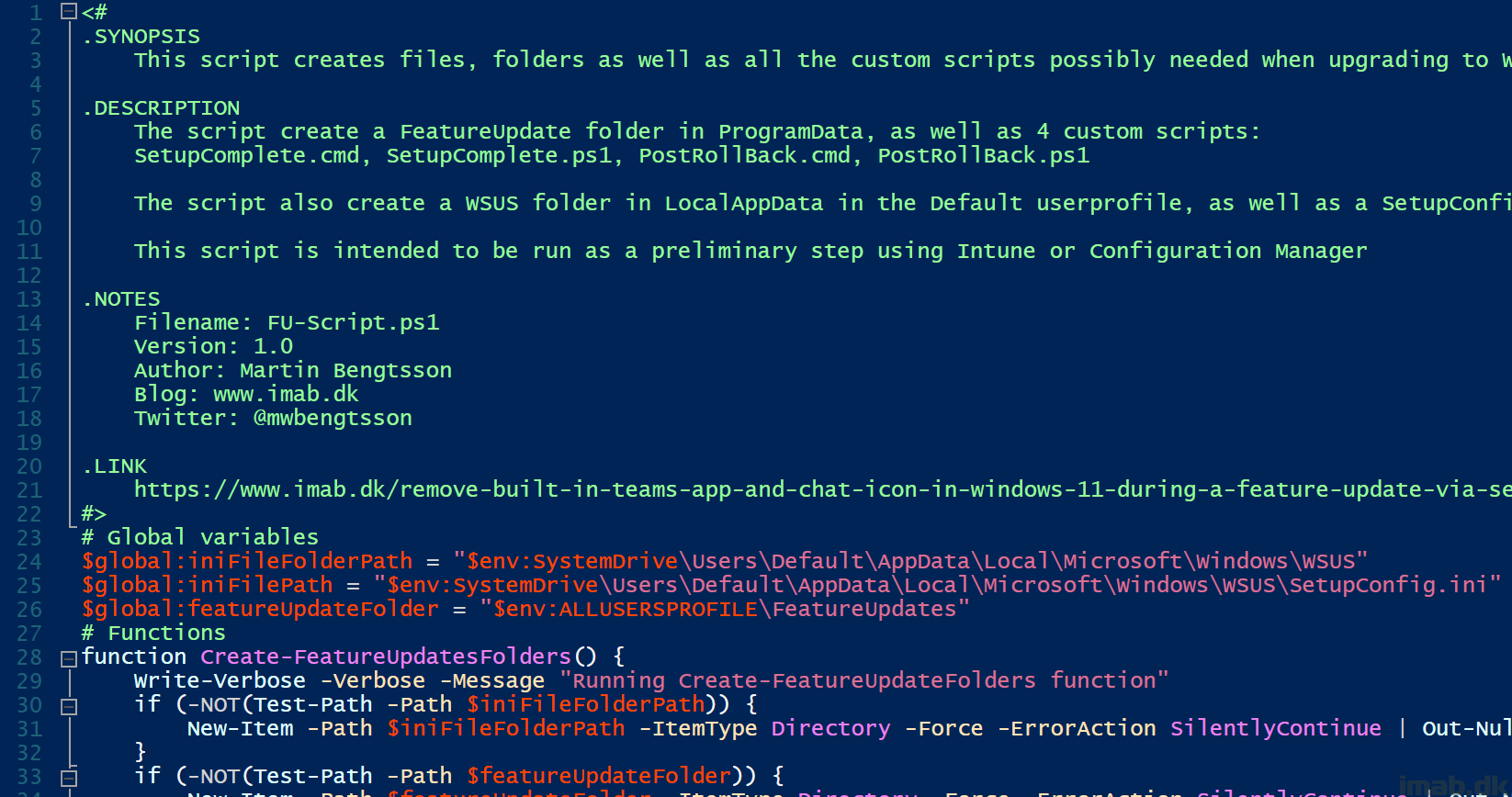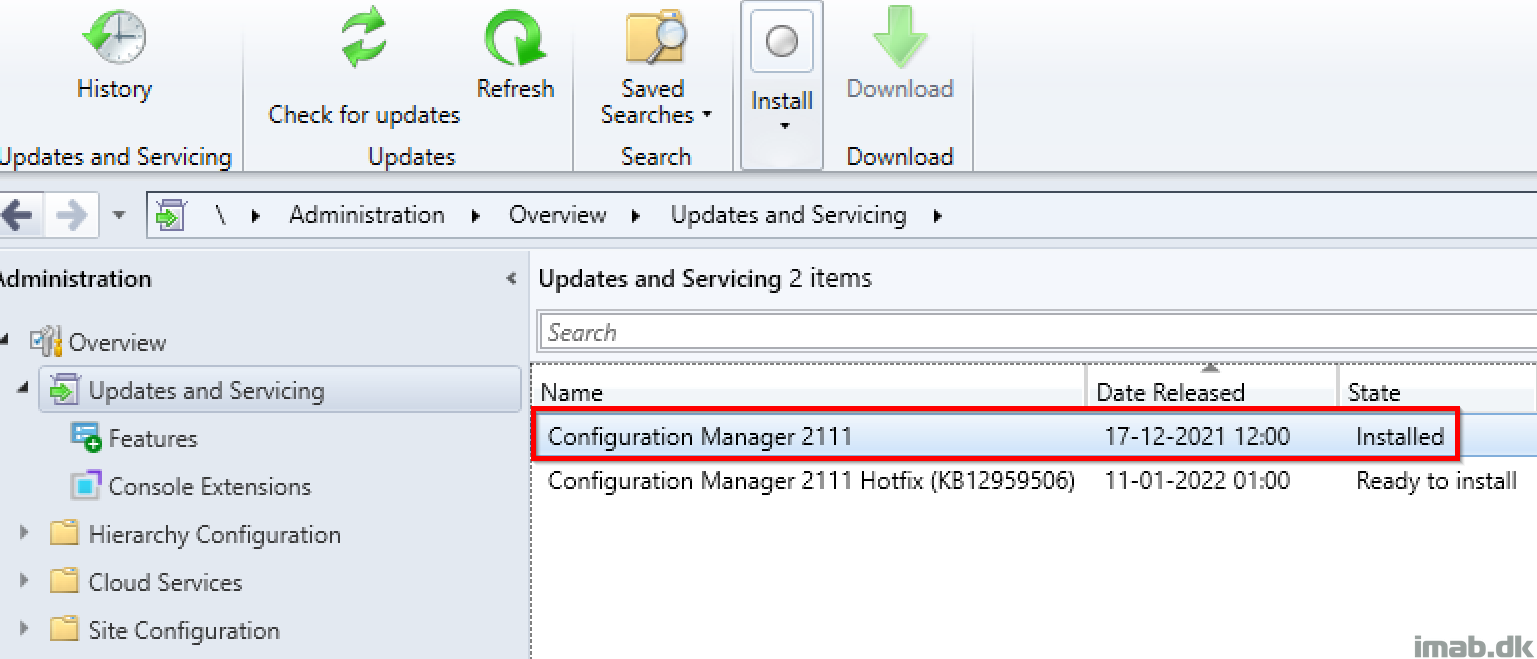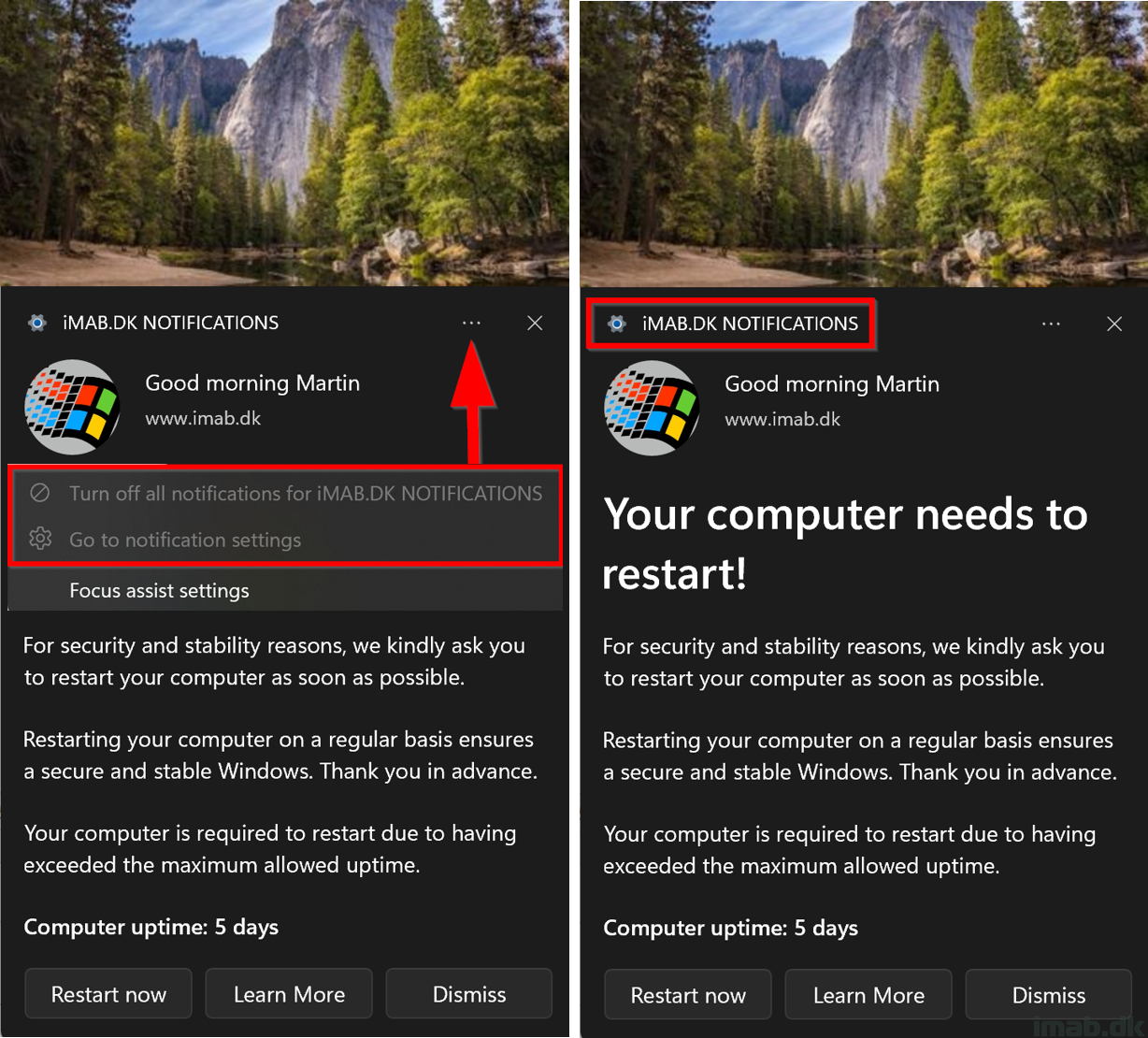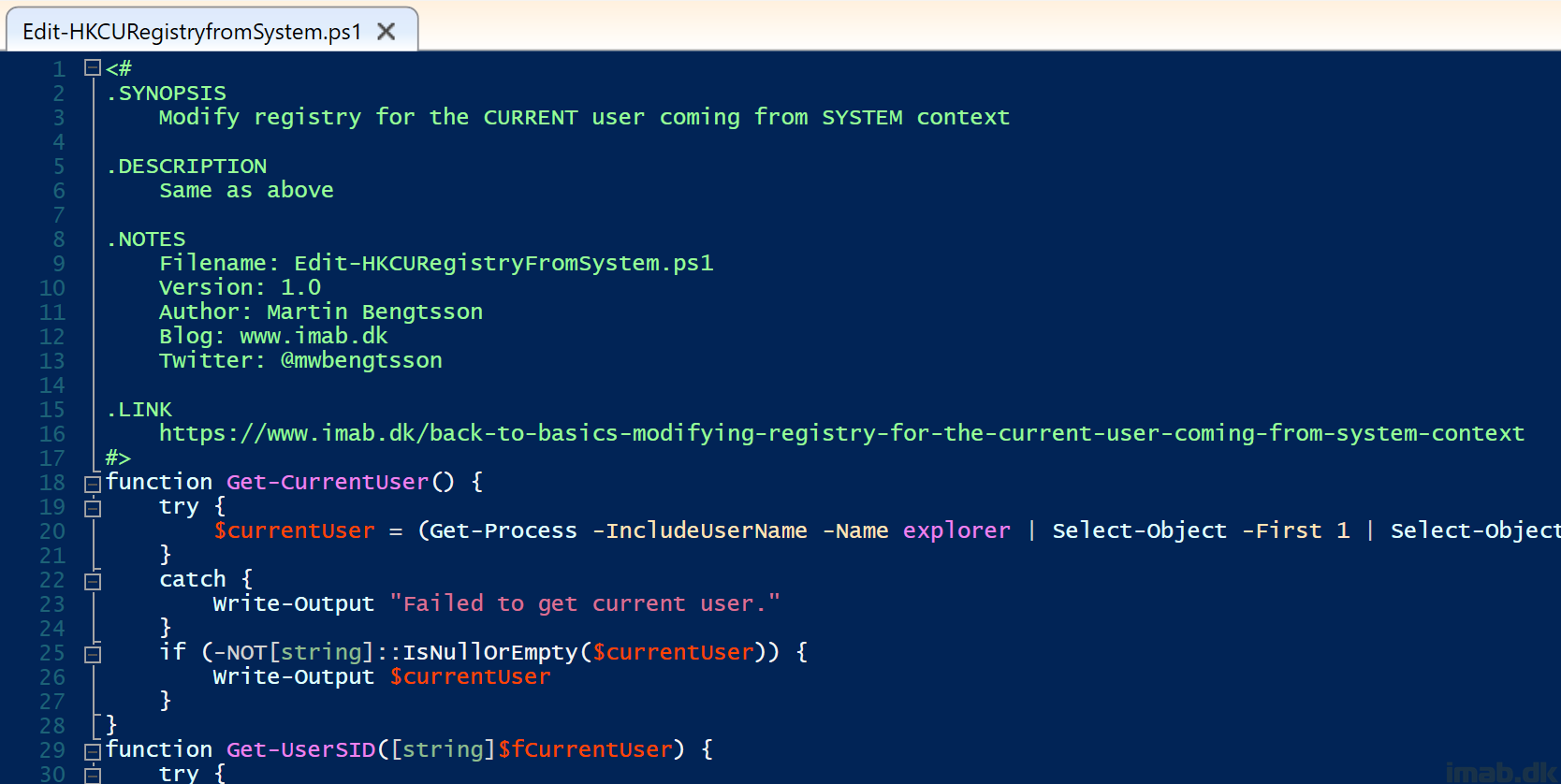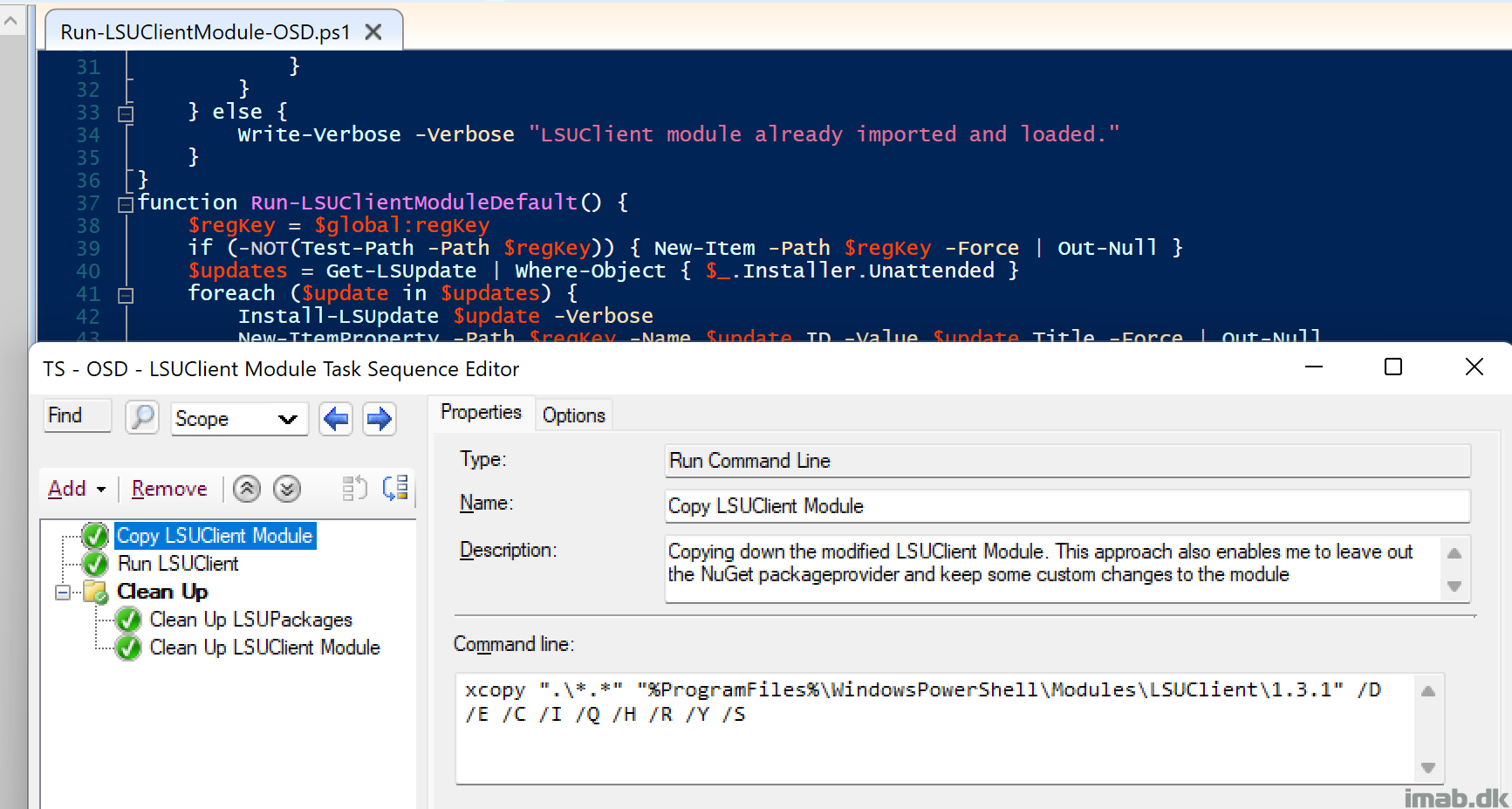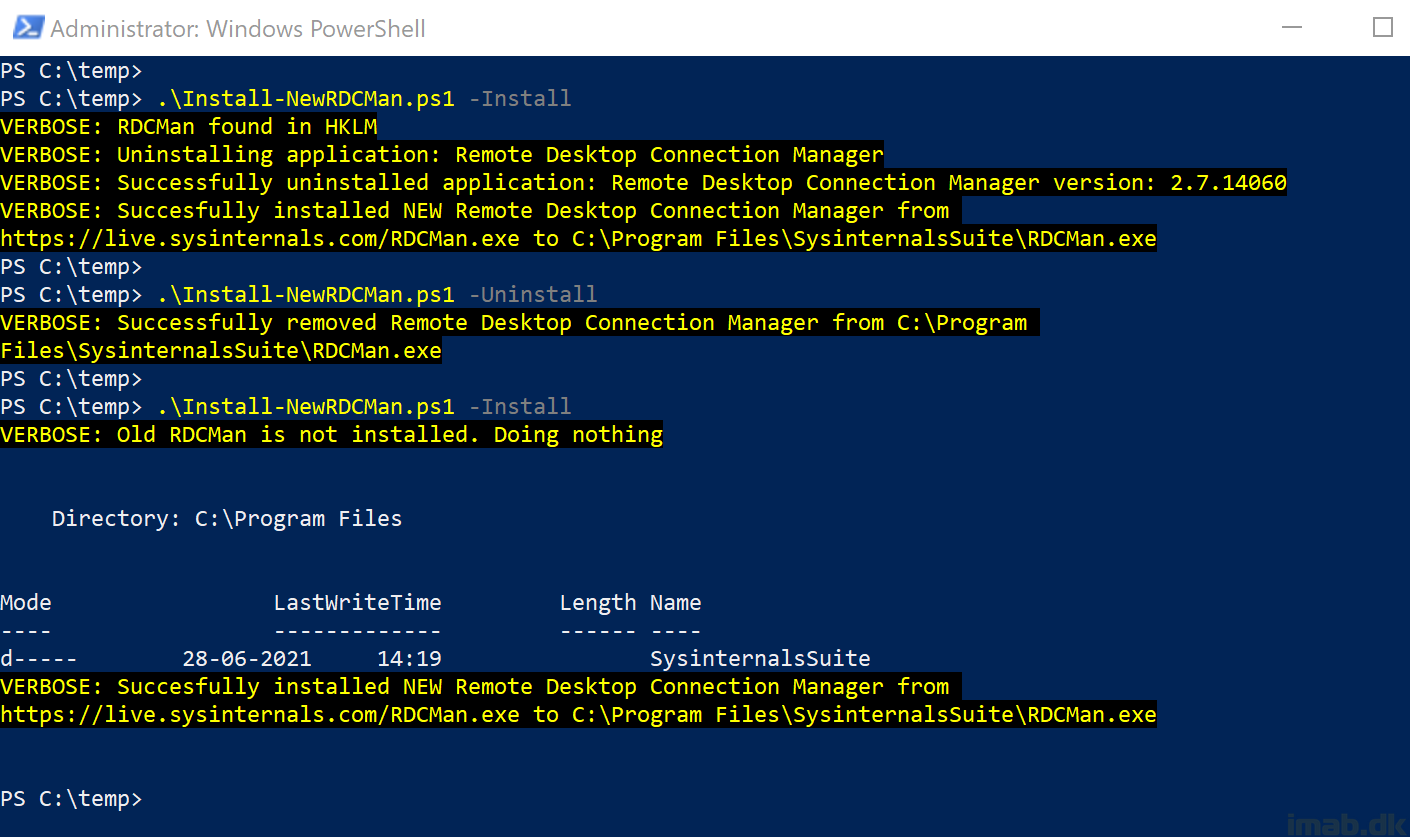Introduction
I was recently tasked with the complete removal of Google Chrome from an environment. Google Chrome in question was installed via the default installer from Google, but also via a few custom repackaged installers, so I had multiple product IDs to consider.
Instead of manually looking for each product ID and use that with separate uninstallations, I figured to create some PowerShell code to do that for me automatically and on the fly.
This can be used to uninstall any application registered with the Windows installer, installed either as a .MSI or a select .EXE compiler.
